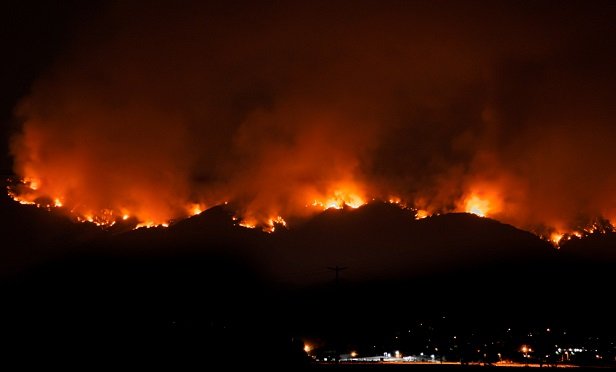 Preliminary estimates of the damages from insured losses attributed to the Camp and Woolsey fires in California range from $9 billion to $13 billion, according to RMS. (Photo: Shutterstock)
Preliminary estimates of the damages from insured losses attributed to the Camp and Woolsey fires in California range from $9 billion to $13 billion, according to RMS. (Photo: Shutterstock)
One question has arisen across California in recent years: can we call it "wildfire season" if it goes on for much of the year? According to The Weather Channel, wildfire season for much of California has traditionally been May through October. However, experts are now saying that wildfire season is no longer a season, but a risk present to Californians throughout the year.
Recommended For You
Want to continue reading?
Become a Free PropertyCasualty360 Digital Reader
Your access to unlimited PropertyCasualty360 content isn’t changing.
Once you are an ALM digital member, you’ll receive:
- Breaking insurance news and analysis, on-site and via our newsletters and custom alerts
- Weekly Insurance Speak podcast featuring exclusive interviews with industry leaders
- Educational webcasts, white papers, and ebooks from industry thought leaders
- Critical converage of the employee benefits and financial advisory markets on our other ALM sites, BenefitsPRO and ThinkAdvisor
Already have an account? Sign In Now
© 2025 ALM Global, LLC, All Rights Reserved. Request academic re-use from www.copyright.com. All other uses, submit a request to [email protected]. For more information visit Asset & Logo Licensing.








